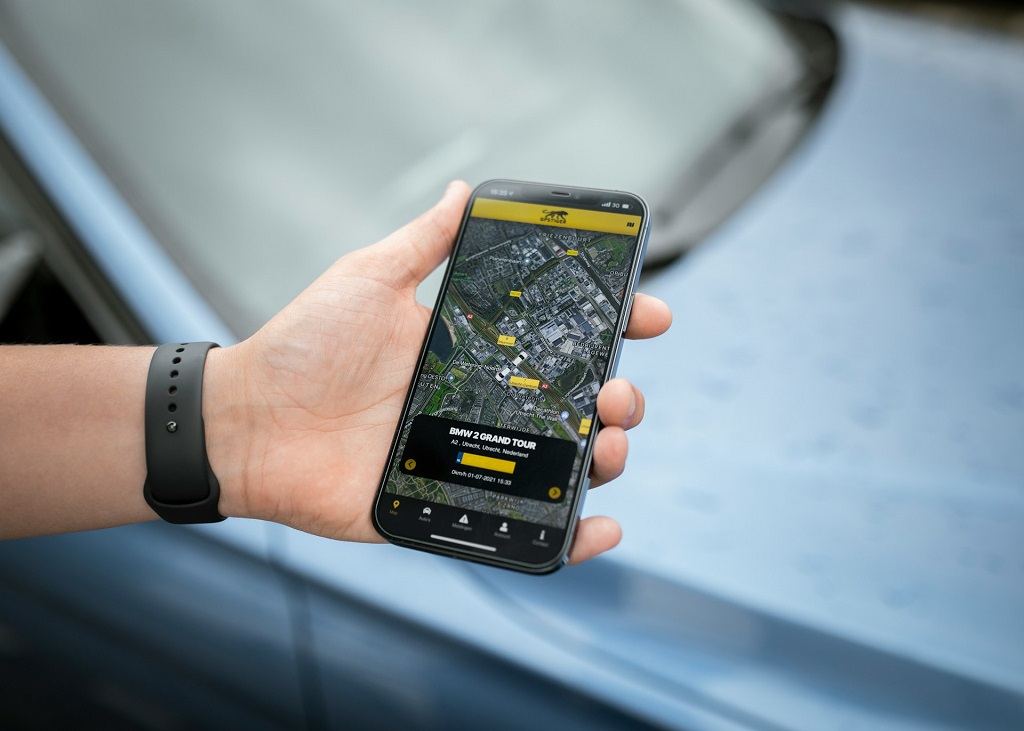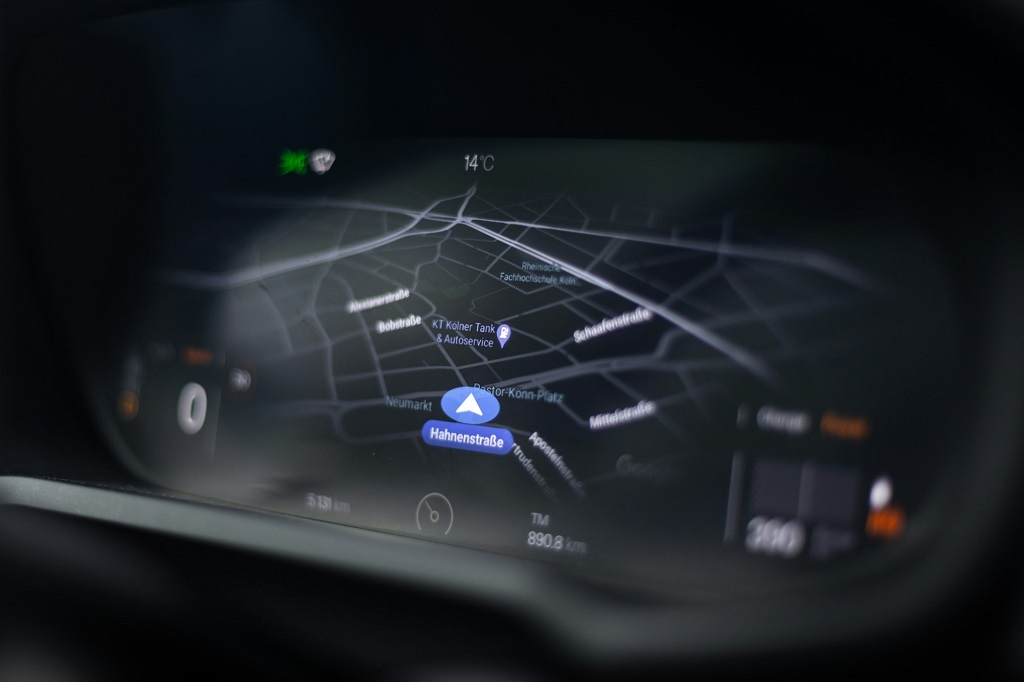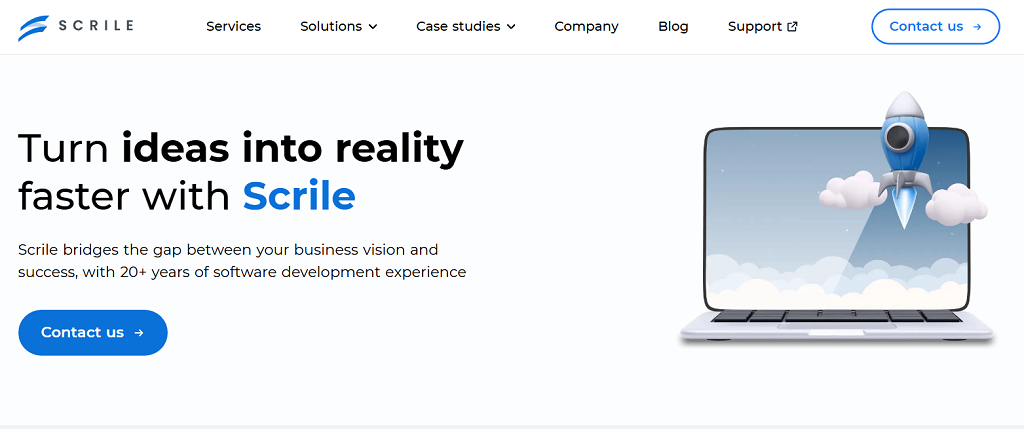Ask anyone running a fleet where the money goes, and the answer is almost always fuel. Add in rising insurance, tighter delivery windows, and constant pressure to keep drivers safe, and you’ve got a daily balancing act that can break fast. The truth is, managers can’t fix what they can’t see.
That’s why vehicle tracking solutions have become so valuable. They shine a light on what’s happening between dispatch and delivery. You see every stop, every detour, every wasted minute on idle. It’s not about spying on drivers; it’s about keeping the business under control.
In the next pages, I’ll walk through the tools that matter, the problems they solve, and why some companies are ditching cookie-cutter platforms for systems designed exactly around their own workflow.
The Business Case for Vehicle Tracking

Running vehicles without data is like throwing money out the window one mile at a time. Fuel slips through the cracks when drivers idle too long at depots. Unsafe habits creep in unnoticed until an accident or a claim reminds you of the cost. Delays pile up, and the only explanation to a frustrated client is guesswork. And when regulators ask for logs you don’t have, fines stack on top.
Now picture a fleet wired into vehicle tracking solutions. Every trip is recorded in real time. You can see where fuel is wasted and cut it. Driver behavior shows up in reports, so training is based on evidence, not gut feeling. Delays are logged with timestamps, not excuses. Compliance becomes a matter of exporting a file, not digging through paperwork. The results aren’t abstract — they show up in lower bills, safer roads, and contracts that get renewed because service levels are proven, not promised.
How Vehicle Tracking Works

At its core, a tracking system connects three moving parts: the vehicle, the network, and the dashboard. A small device sits in the truck, pulling signals from GPS satellites and reading the vehicle’s own data through the OBD-II or CAN port. That information doesn’t stay in the cabin. It travels through cellular networks to cloud servers, where it’s processed and organized.
On the manager’s side, everything appears in a web or mobile dashboard. A map shows the live position of each vehicle, but the real value lies in the details. Trips are broken down, showing where the engine spent time idling, how long the vehicle stayed at each stop, and if it entered a geofence that encircles a customer location or a restricted area. Acceleration and hard braking, as well as speeding, trigger automatic alerts.
Instead of a scattered trail of paper logs and phone calls, data becomes a continuous flow. It’s precise enough to measure minutes of wasted time and flexible enough to adapt to any size of fleet.
Core Capabilities You’ll Actually Use

The value of vehicle tracking solutions becomes clear when looking at what they actually deliver day to day. The strongest systems, including GPS vehicle tracking fleet management solutions, cover more than just dots on a map. Here’s what managers and operators rely on most:
- Real-time location & dispatch – Every vehicle shows up live on a map. Routes can be optimized on the fly, with traffic-aware ETAs sent straight to customers.
- Driver behavior and safety analytics – Speeding, harsh braking, and sudden acceleration are tracked automatically. Reports help spot risky habits and support coaching that prevents accidents.
- Maintenance and diagnostics – Mileage, engine fault codes, and service cycles are captured from the onboard computer. Alerts reduce breakdowns and keep service schedules predictable.
- Fuel and cost control – Idling reports, unauthorized trips, and suspected fuel theft are flagged. Reducing waste here alone can cut a fleet’s fuel bill by double digits.
- Compliance and reporting – Automated trip logs and audit trails simplify regulatory checks. Data exports are cleaner and faster than stacks of handwritten logs.
- Theft recovery and asset security – Geofences trigger alerts if a vehicle leaves a defined area. Some systems even allow remote immobilization to prevent further loss.
- Precise fleet tracking solutions – Accuracy matters. High-frequency updates mean location data is reliable enough to calculate minutes of delay and build performance benchmarks.
- Integration with business tools – Many companies turn to vendors such as Vehicle tracking solutions LLC or custom developers to connect fleet data with CRM, ERP, or dispatch software.
Together, these functions create a full picture of fleet health and driver activity. Instead of scattered records, businesses get actionable intelligence that cuts costs, raises safety, and keeps customers informed with real data.
Tech Stack & Integrations to Plan Upfront
Behind every sleek dashboard sits a stack of tech that makes vehicle tracking solutions reliable. On the driver’s side, mobile apps collect GPS signals, push status updates, and sync tasks. Managers get a web dashboard with map layers, live positions, and history logs, accessible from any browser.
Hardware is another key decision. Plug-in trackers are easy to install but can be removed. Hardwired devices are tamper-resistant and pull richer vehicle data. Battery-powered units fit leased vehicles or equipment that doesn’t run on a standard engine.
Finally, integrations determine whether the system works in isolation or becomes part of daily operations. APIs and SDKs feed location data into CRMs, dispatch platforms, or billing tools. Data models, security layers, privacy controls, and retention policies need to be set from day one. Building on this foundation ensures the tracking system scales without adding hidden risks.
Industry Playbook: Where Tracking Delivers Fast Wins

The real power of vehicle tracking solutions shows up in specific industries, where visibility and timing make or break margins.
- Couriers and last-mile delivery – Dispatchers reroute vans around traffic, track parcel handovers, and update customers with accurate arrival times.
- Field services and maintenance crews – From plumbers to IT support, managers see who’s closest to a new job and cut wasted travel. Service logs become more precise, improving billing and accountability.
- Construction, leasing, and equipment operations – Trackers monitor heavy vehicles and machinery, flag unauthorized use, and support recovery if assets leave defined sites. Maintenance cycles can be automated based on real hours worked.
- Passenger transport and shuttle fleets – Schools, airports, and corporate shuttles improve safety by monitoring driver behavior. Parents and riders benefit from live ETA updates that reduce waiting and guesswork.
Each case highlights the same principle: tracking brings hidden operations into view. The payoff is faster service, safer driving, and tighter cost control across the board.
Build vs Buy: Decision Framework
When choosing vehicle tracking solutions, the first decision is whether to buy a ready-made SaaS product or invest in a custom build. SaaS is fast. Sign up, plug in devices, and start seeing data within days. But the trade-off is lock-in: limited customization, rising subscription costs, and dependence on the vendor’s roadmap.
Custom development takes longer up front, yet the payoff is flexibility and ownership. Interfaces can match existing workflows, integrations can go deep into CRM or ERP systems, and branding stays consistent. Long-term costs often stabilize, since there are no per-vehicle license fees piling up every month.
The wiser approach is to tally total cost of ownership. Beyond cost, consider data portability, scalability, and how much control the company maintains over its roadmap. In companies where every second and every record count, ownership usually wins out.
Evaluation Checklist & KPIs

Not all vehicle tracking solutions are built equal, so a clear checklist helps separate noise from value. At minimum, systems should deliver:
- Accuracy within a few meters.
- Updates frequent enough to capture idling and short stops.
- Alerts for speeding, geofence breaches, or tampering.
- Role-based access so drivers, managers, and admins see only what they need.
Measuring outcomes matters just as much as features. Common KPIs include:
- Fuel per km to track efficiency.
- Idle percentage to highlight waste.
- Harsh events per 100 km for safety trends.
- On-time delivery rate to prove reliability.
- Maintenance hit rate — how often service cycles are met.
- Incident rate for insurance and safety benchmarking.
- ETA accuracy to show customer service performance.
These numbers move tracking from theory to evidence. They also provide a way to prove ROI internally and to clients.
Scrile: Custom Vehicle & Driver Tracking, Built for Your Workflow

Scrile isn’t a plug-and-play platform. It’s a development service that builds vehicle tracking solutions around the way a company actually works. That means the interface, the reports, even the driver’s mobile app aren’t generic templates — they’re shaped for a specific fleet, brand, and workflow.
A recent build shows what that looks like in practice:
- Real-time maps displaying hundreds of drivers at once.
- Driver apps where statuses change in seconds — “on the way,” “repairs,” or “awaiting unloading.”
- Admin dashboards to edit driver profiles, assign statuses, and send push notifications.
- Extra functions such as driver ratings, automated alerts, and role-based access controls.
The tech stack behind it is modern and proven: React Native for cross-platform apps, Node.js and MongoDB for backend and storage, Objective-C and Java for native extensions, TypeScript for scalable code.
What stands out is speed. One project went from concept to full launch in just two months, including updates and new features in the second release cycle. That balance of pace and precision shows why Scrile is trusted for precise fleet tracking solutions — software that’s fast to build, adaptable in the field, and designed to be owned, not rented.
Conclusion
Clarity, safety, and effectiveness do not stem from conjecture — they stem from the right vehicle tracking technologies. With real-time information on fuel, driving behavior, and delivery times, fleets run leaner, safer, and more reliably. The dividends show up not only in reduced costs but also in firmer client trust and smoother operations.
If your business is ready to move beyond generic platforms, it’s time to act. Define what your fleet needs most, then let Scrile build it into a system that works for you. Contact the Scrile team today and start shaping your custom solution.





